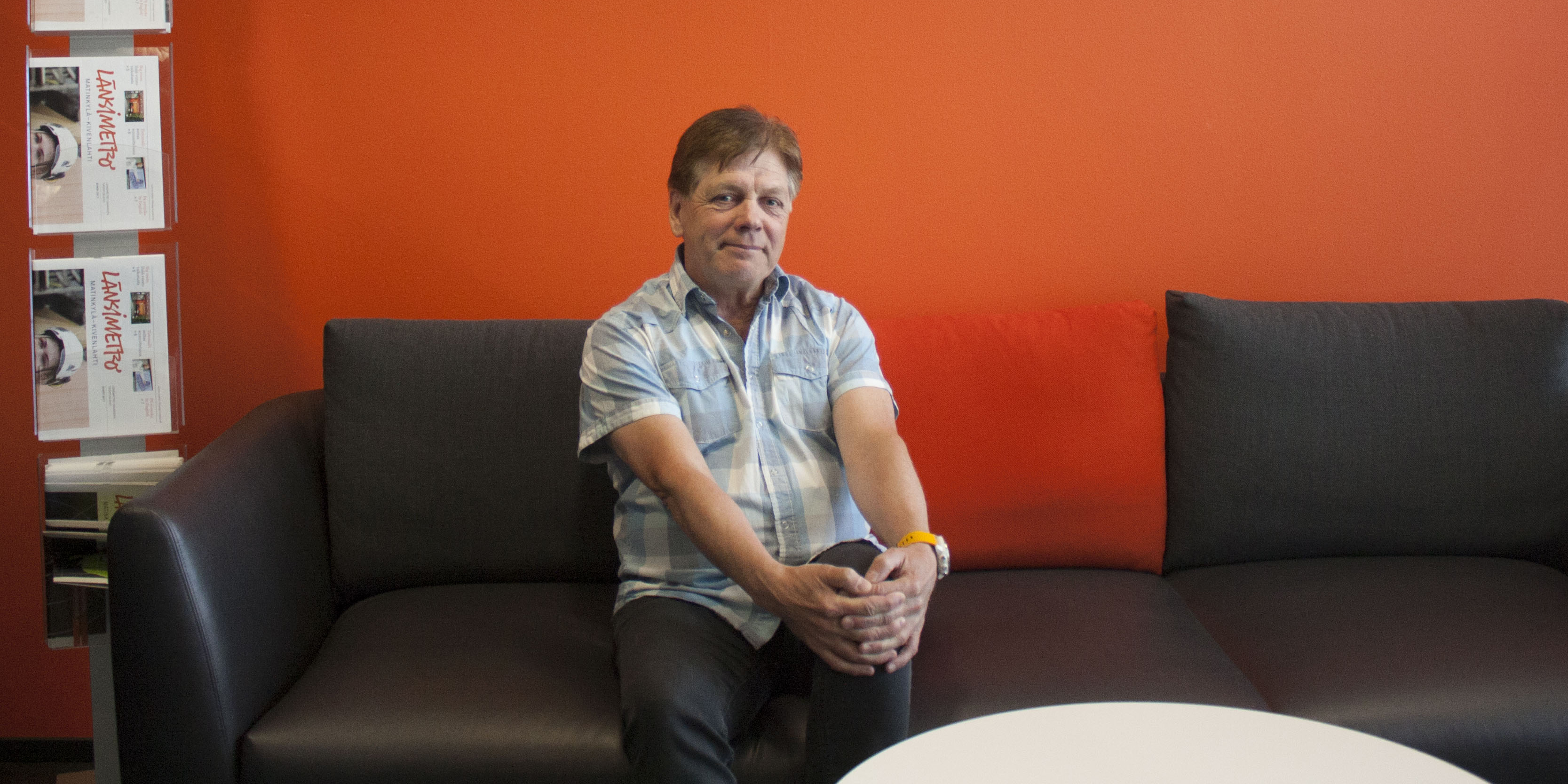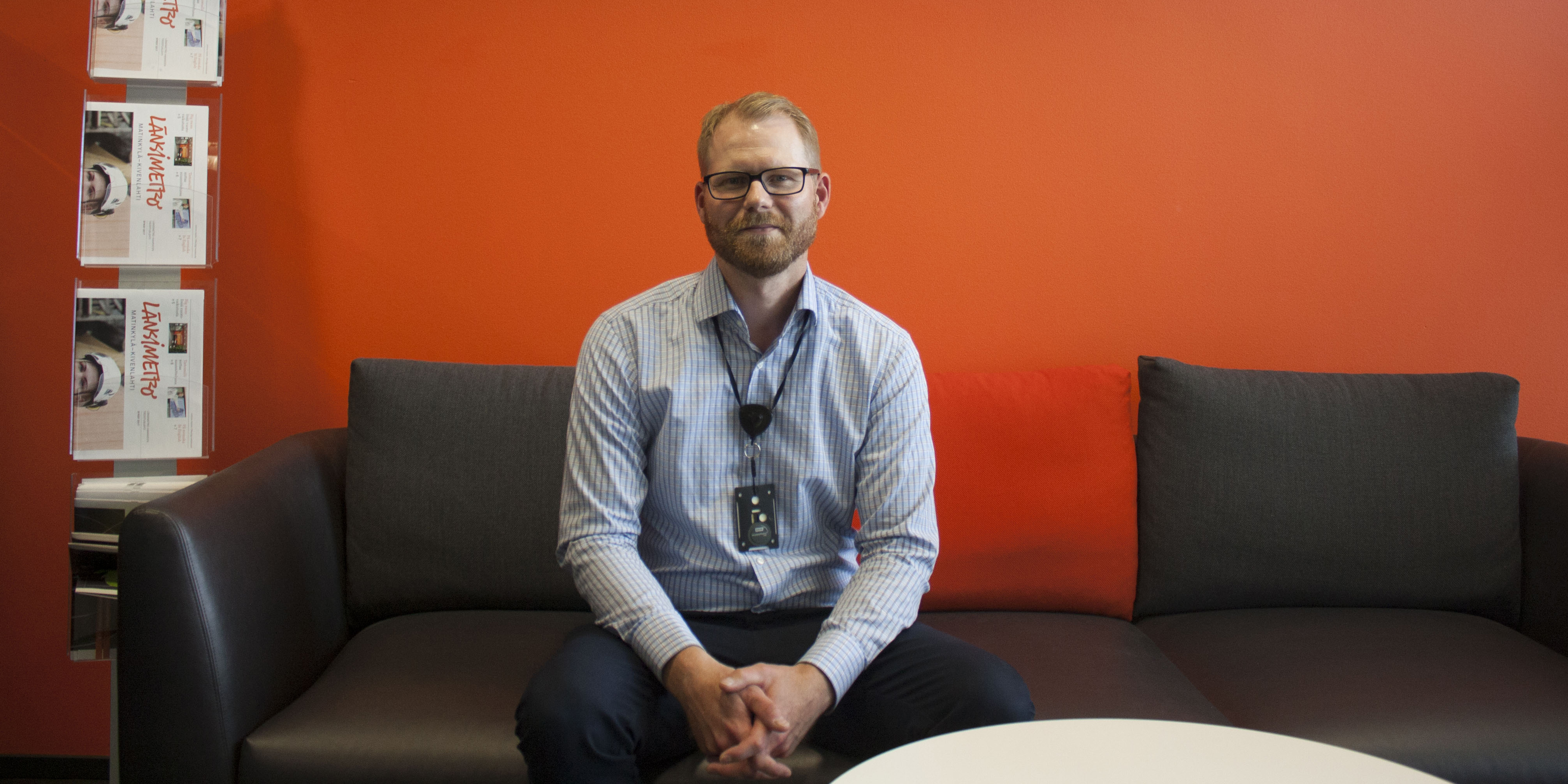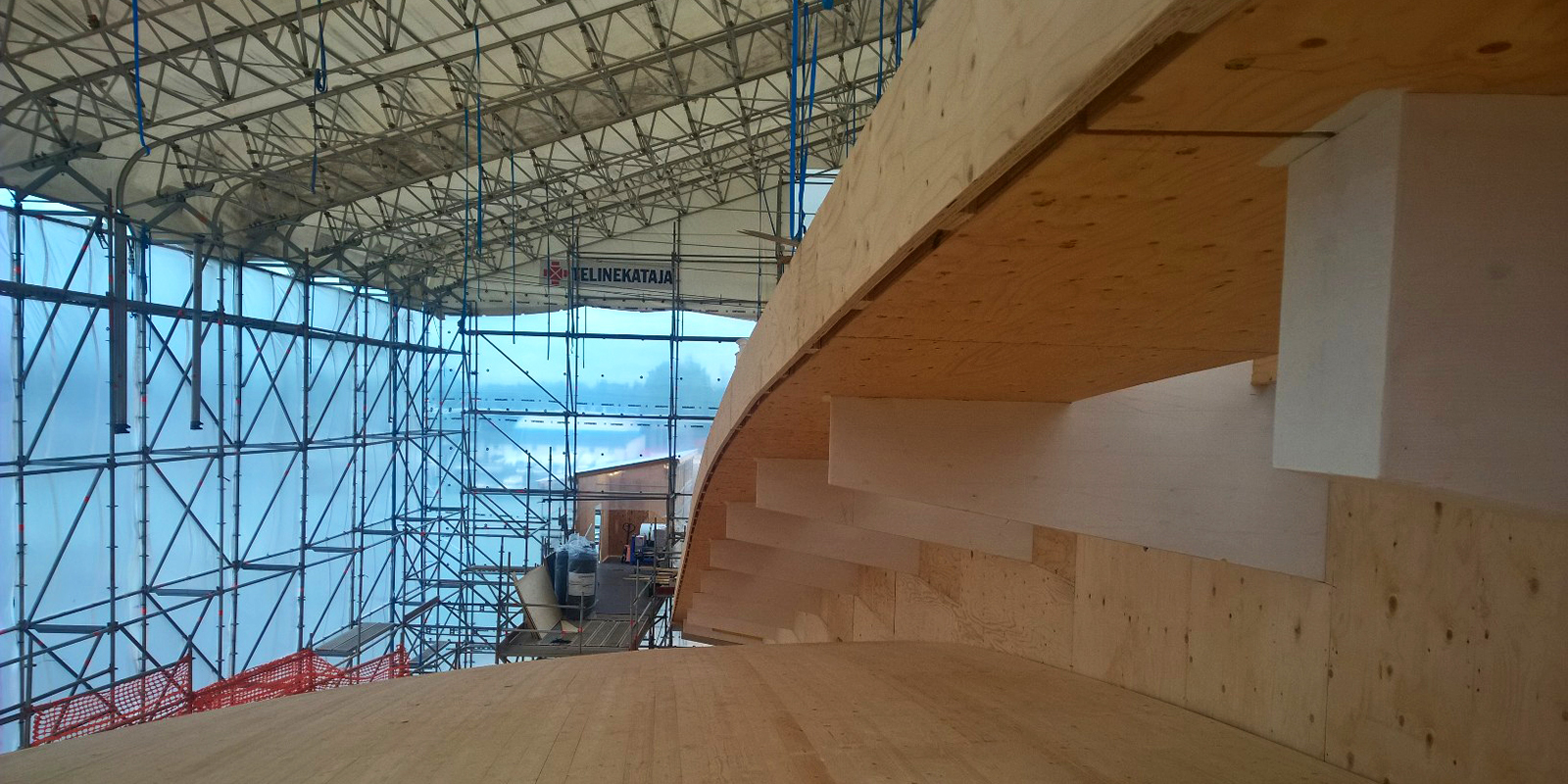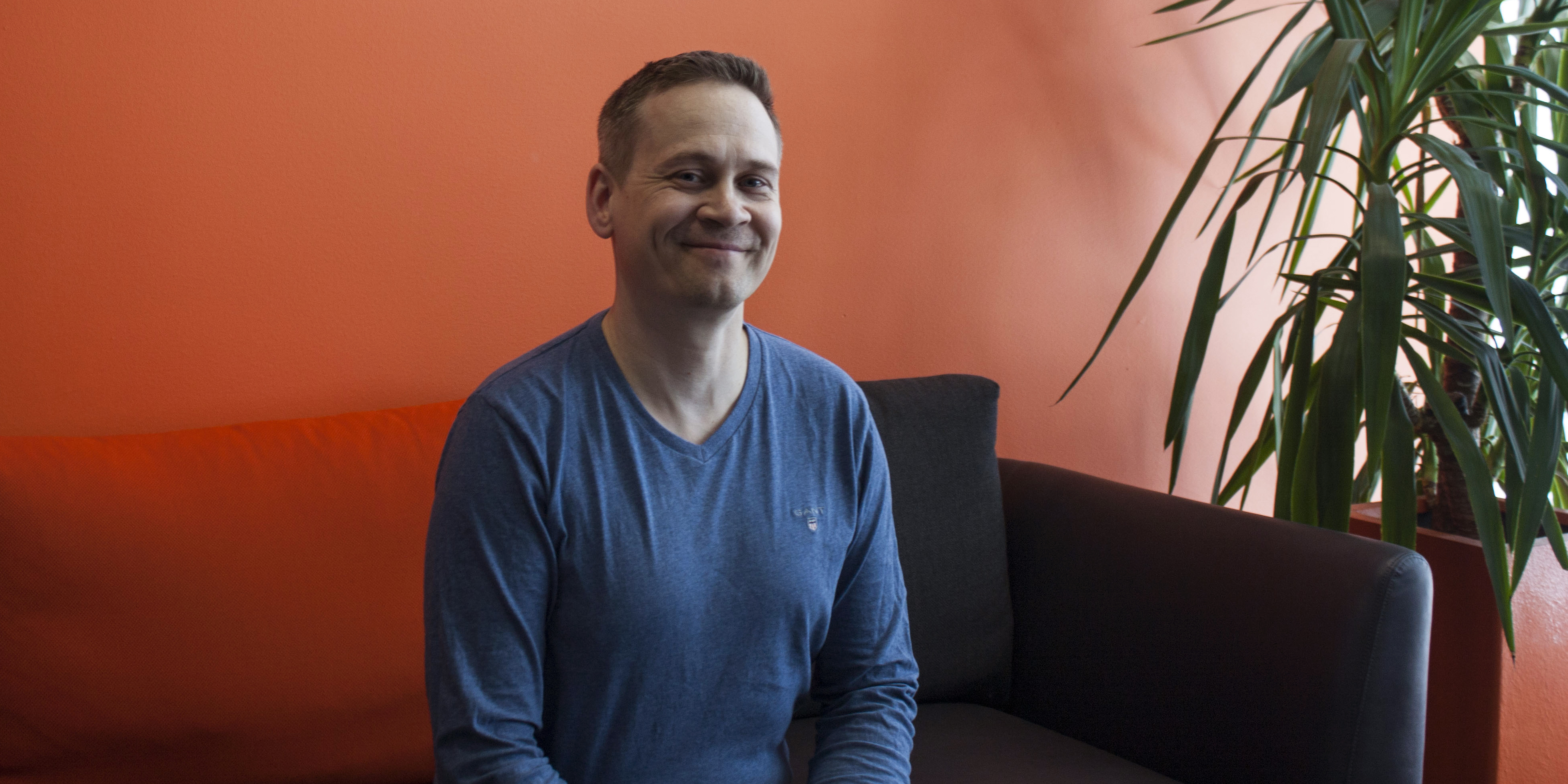Channel excavation work will be performed in street areas in July–August as part of the West Metro station contract, causing changes in traffic on Yläkartanontie and Soukantie. Channels are being excavated for the Metro station entrances and technical shaft connections for public utility services – water, wastewater, power cables and telecommunication cables will run through the channels.
On Yläkartanontie, channels will be excavated from the technical shaft on Yläkartanonkuja to the northern side of Yläkartanontie, and from the Yläkartanontie entrance along the north side of Yläkartanontie towards the west. Vehicle traffic will not be completely interrupted at any point, but the channel excavations may slow down traffic. Only one lane will be open on a temporary basis. The pedestrian and cycle routes to the east of the Yläkartanontie entrance will be cut off during the excavation. An alternative route will be marked out with road signs.
On Soukantie, channels will be excavated along the street. The traffic route may also be narrowed at this point. The passage from the yard of Soukantie 14 to the parking site and covered waste facility will be narrowed during the work. However, a road connection will be maintained throughout the work.
Channel excavations will be performed from mid-July and last for a number of weeks. Work on the site will be done from 7am to 6pm on weekdays. The transport arrangements will also be in force at night and during the evenings.
We apologise for any inconvenience caused by the work.
Further information:
Länsimetro feedback phone number, Mon–Fri 9.00–15.00, tel. +358 50 377 3700
Kalliorakennus-Yhtiöt Oy’s hotline, tel. +358 (0)50 3422 461
www.lansimetro.fi -> Worksite areas, Soukka








